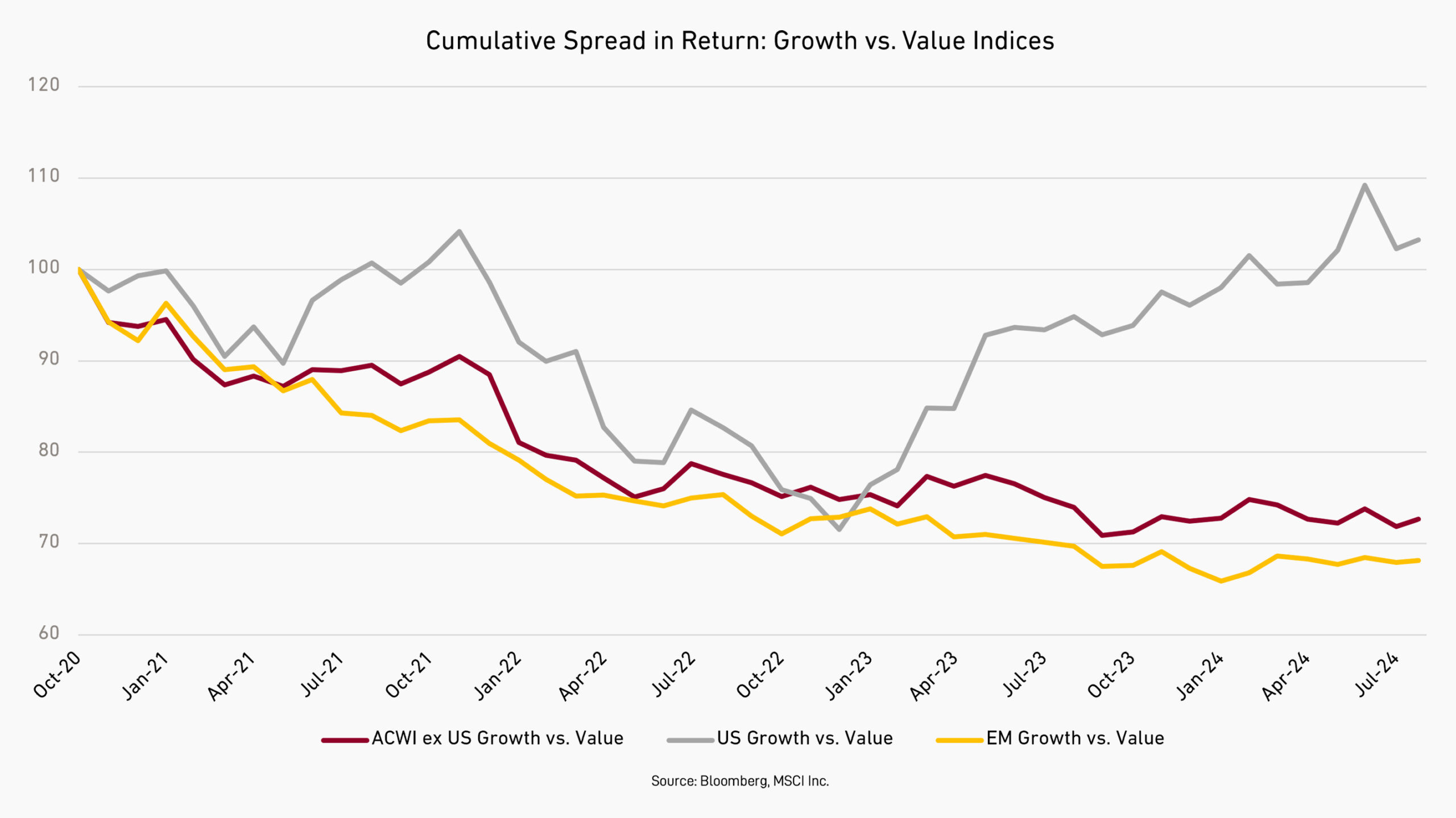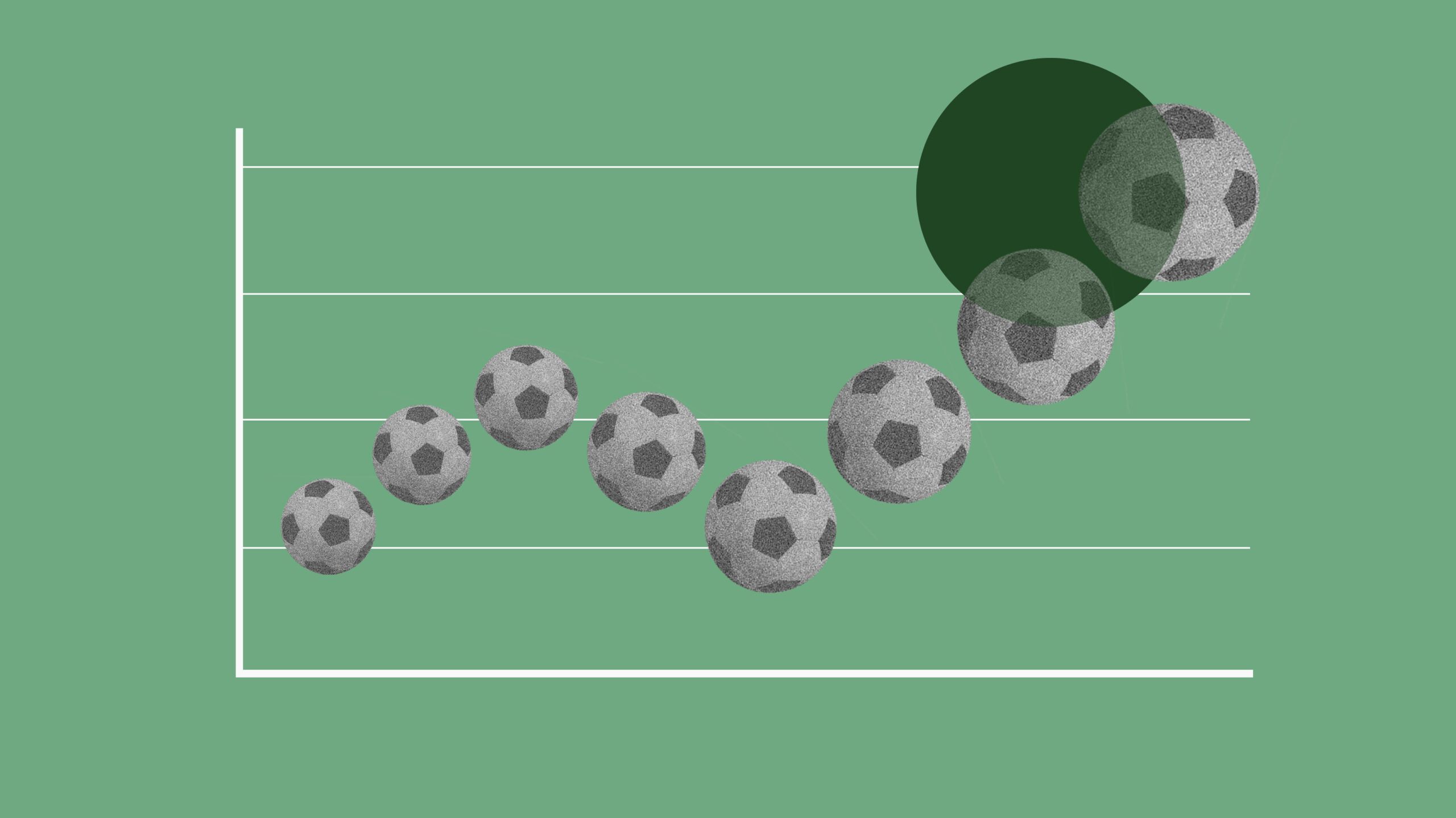Another significant difference, particularly in soccer, is that the frequency with which players are traded is much greater than that in most American sports. Trading of players (technically, of their contracts) takes place in two transfer windows, a long one that starts before the season begins and stays open until the season is a month old, and a short one in the middle of the season—the month of January.
Players are, of course, any club’s biggest asset, and once assets start being traded, any investment person will wonder what determines the price of those assets and how that market price relates to “true” value of the asset.
In investing, practitioners have a model that claims the value of an asset is the value of the cash flows it generates in the future, discounted back to a present value using a discount rate that is the sum of a risk-free interest rate and an equity risk premium. We all accept that the model is imperfect, but investors such as us believe that prices are more volatile than values and that they converge on value over some indeterminate time frame. Over short periods prices are set by the preponderance of buyers and sellers, but eventually, underlying values dominate prices. As Ben Graham observed, “In the short run, the market is a voting machine but in the long run, it is a weighing machine.”
There is no such model that underlies prices in the market for soccer players (and I apologize to all players for considering them only as tradeable assets in this piece. They are, of course, human beings and, unlike stocks that are indifferent to ownership, have preferences about where and for whom they play). The result is that prices for soccer players are driven by the quantity of money available in the industry and often appear to have little basis in the value that is created by that player on the field (or pitch). Buyers have been attracted to rising prices for soccer clubs and more money has entered the industry in recent years, leading to a rapid increase in the price for an average player.
Prices for clubs similarly appear unrelated to their value. The discounted present value of cash flows generated by clubs in the division in which my club plays is strongly negative, with the average club losing over £25 million a year, sometimes on revenues that are less than the losses. Owners should pay to have these liabilities taken off their hands. (I hasten to add that my club operates on a cash flow breakeven basis, but still doesn’t generate cash flows that could accrue to its shareholders).
Instead, prices of clubs and players are determined, as is often the case in the real estate market, by “comparables”—buyers and sellers look at prices of similar assets and negotiate based on that. In an industry where money has been available in increasing amounts, but the numbers of clubs and players roughly fixed, that has led, unsurprisingly, to price inflation.
At my club Plymouth Argyle, we have embarked on a strategy to try to generate returns from player trading. We allocated some funds last year to buy players with the intention that they would increase in price and then be sold, generating profits to be reinvested or used to pay higher wages for more skillful players—establishing a portfolio of players, if you will. As part of that effort, we have thought about a model to determine value in the absence of associated cash flows. We could, for example, say that promotion to a higher division would increase the club’s revenues by £x million, and that an individual player could increase the probability of capturing those revenues by y%. That is possible, if not easy, and enables us to put an expected value on an individual player. The trouble is that the resulting number bears little relation to the actual market prices for players, coming up with a value that’s significantly less than actual market prices! We could also accept that the market for clubs is what it is, and that prices for clubs rise as they ascend the league’s divisions so base the expected value for a player on the contribution he makes to the probability of promotion and the value of that promotion, or to avoiding relegation. Again, this is not a true anchor in value, simply in prices for clubs.
This is, of course, quite different from investing in stocks, where, as I’ve pointed out, prices, in the long run, are determined by underlying value.
But how firm is that underpinning? Is it really so much more objective and calculable than the trading of sports stars? Investment professionals, and finance academics, like to talk about the “intrinsic value” of a stock, once the analysis has been done, the forecasts made, and the discount rate applied.
But is there really an intrinsic value that is separate from the preferences of the valuer? As my colleague Andrew West has written, “Valuation is always an estimate, and valuation always requires a valuer.”
The forecasts that analysts make of cash flows far into the future reflect subjective views about that future—not just about management’s ability to control costs, impose higher prices, gain market share or invest retained earnings successfully, but also about competitive positions in the industry in which the company operates and the industry’s competitive structure and growth rates. And all that occurs before the analyst considers the economic environment in which the company operates.
The choice of discount rates presents further opportunities for subjectivity. The risk-free rate is observable in the US Treasury market (though which Treasury should be used to approximate rates in the future is debatable) but the equity risk premium is highly contentious and perhaps is best described in terms of individual risk and return preferences and needs. In my career I’ve heard perfectly sensible people argue that the equity risk premium should be zero, and others argue that it should be 600 basis points.
Value is in the eye of the beholder and an estimate of true value is closer to an estimate of what the market is prepared to pay than fundamental investors such as us like to admit. In thinking about stock portfolios, as in thinking about the value of a squad of footballers, we cannot ignore what the market is prepared to pay when thinking about portfolio construction and even about long-term returns.










